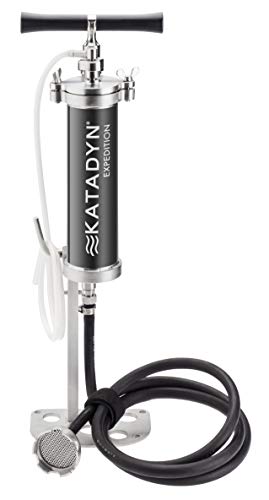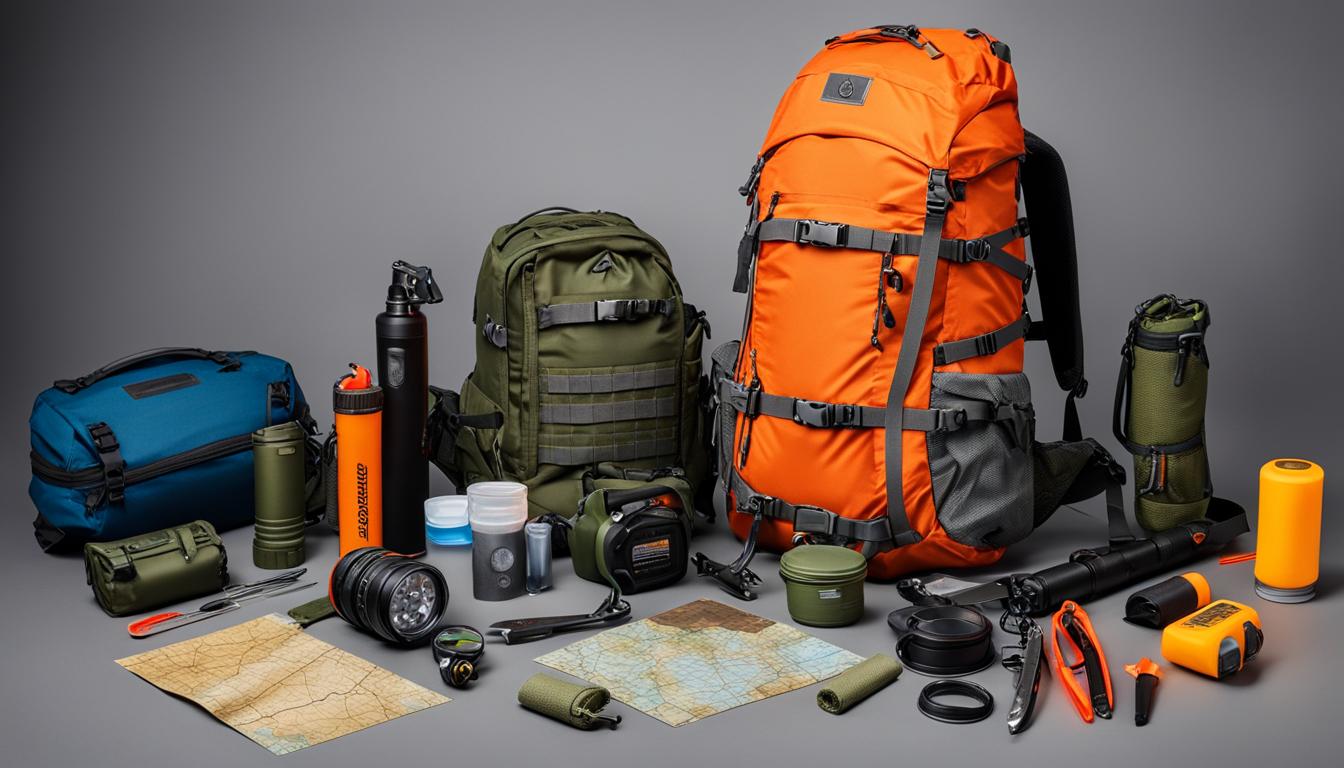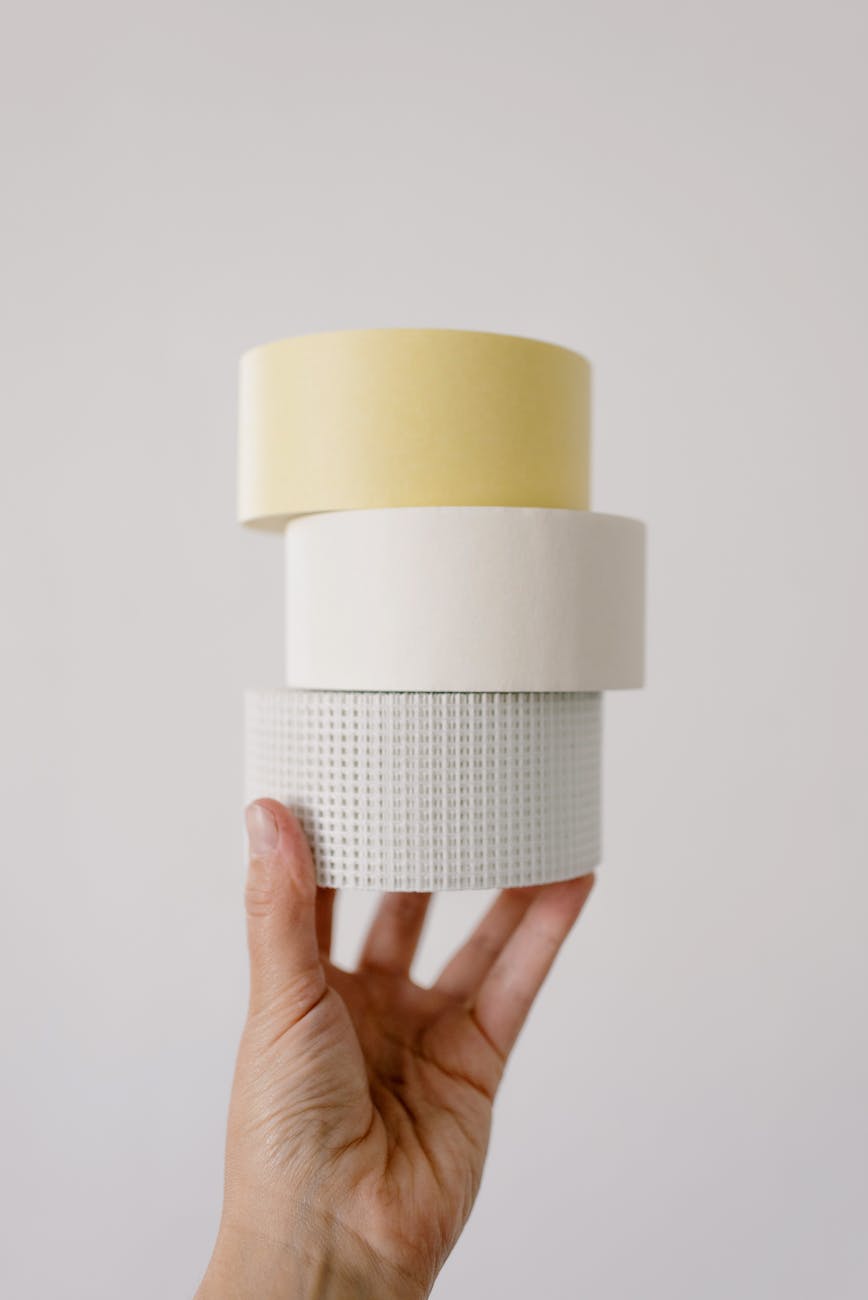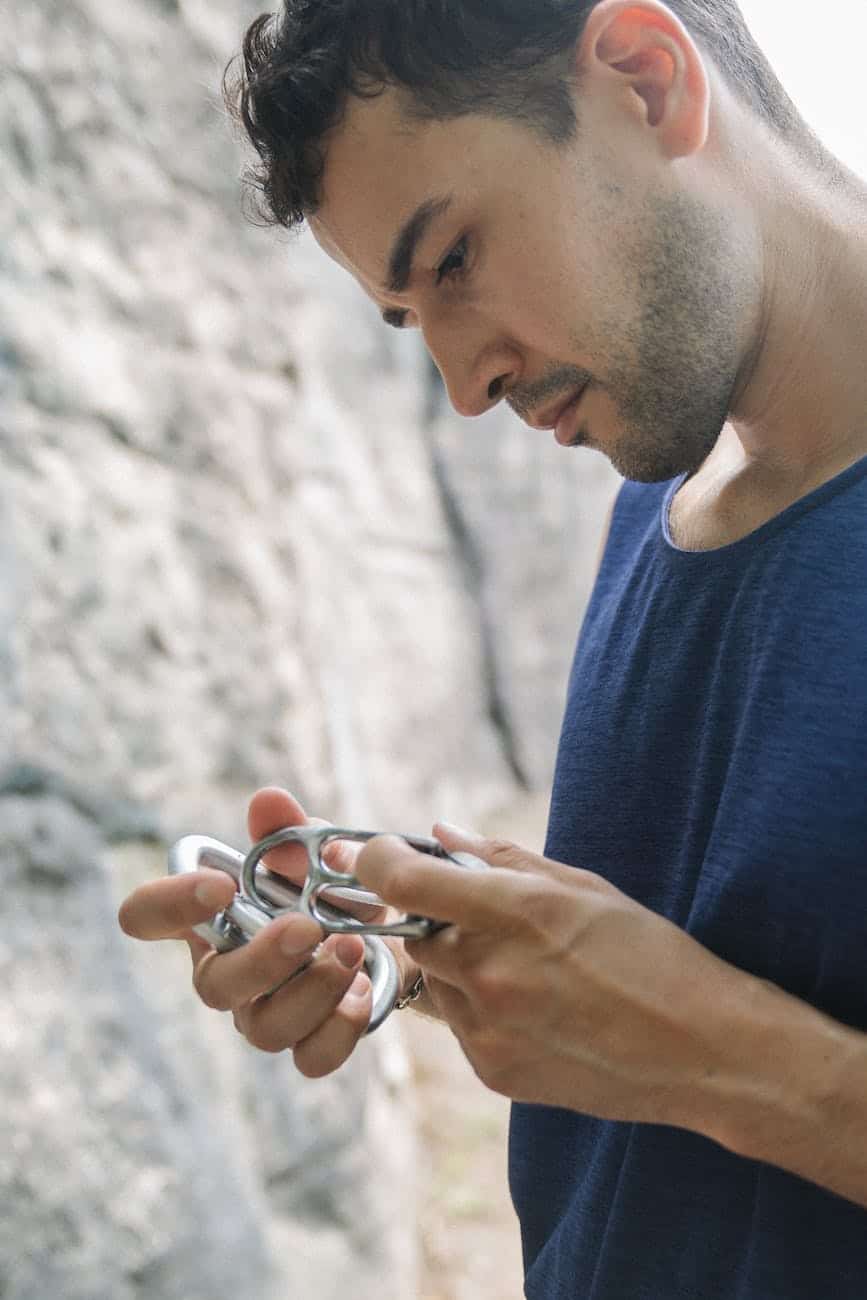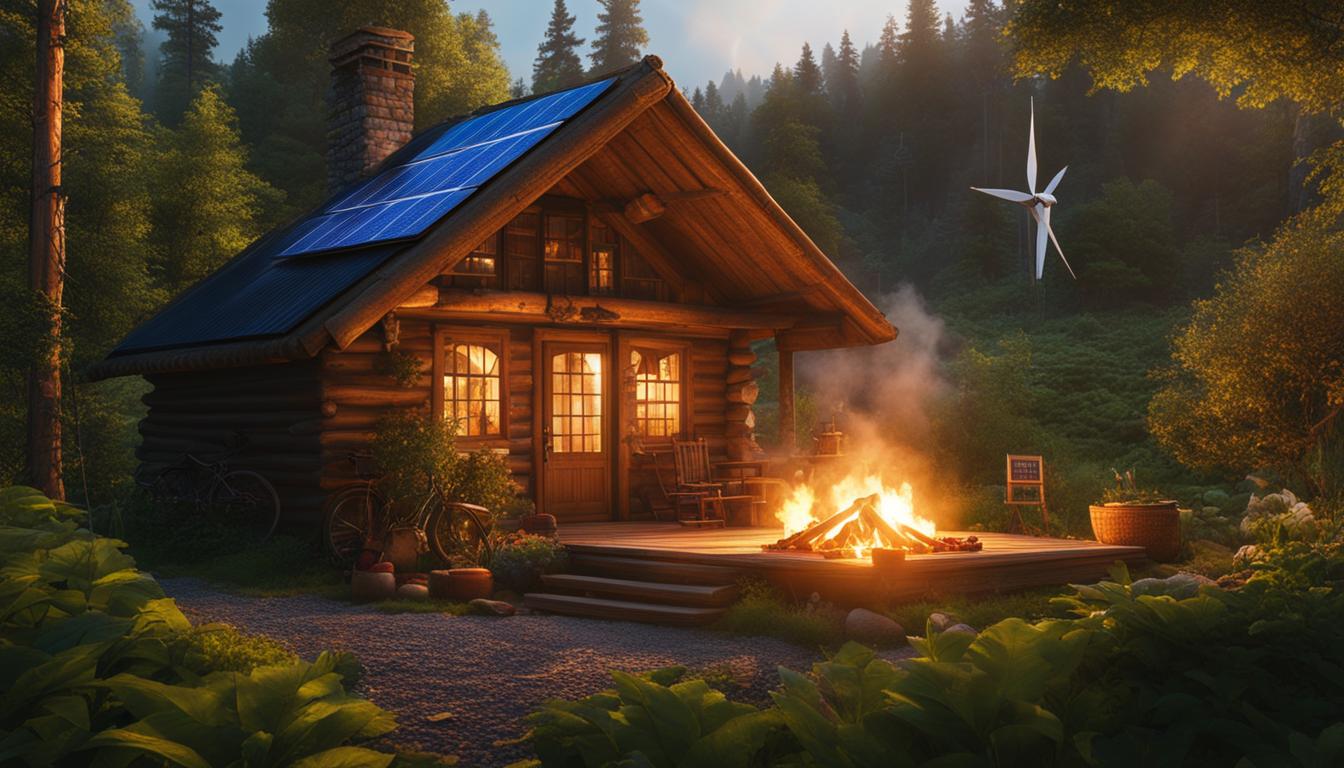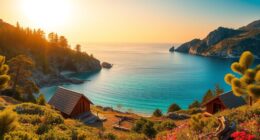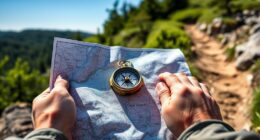In a survival scenario, having a dependable supply of clean drinking water is crucial. For those new to prepping, understanding the significance of this essential resource can be daunting, since gathering and treating water can be difficult without proper gear.
This blog post will discuss how to obtain clean drinking water in a survival situation, including how to collect rainfall and how to obtain it from the environment.
Rain Water Collection
In an emergency, collecting rainwater is a practical technique to obtain a lot of drinking water. Installing rain catchers or tanks will allow you to swiftly gather a sizable amount of clean water just from rainfall. You should conduct study to determine which kind of rainwater collection system best meets your needs because they come in a variety of shapes and sizes.
Once it has been gathered, the water should be carefully stored for long-term usage by being treated with chlorine dioxide tablets or other chemicals that are made especially for the purpose of storing drinking water.
Collecting From Natural Sources
In the event that you are in a survival situation, collecting rainfall and filtering it later on can be two wonderful ways to supplement the amount of drinkable water you have. Natural sources such as rivers and lakes can also be used.
In order to properly filter and treat this kind of water source, you’ll need the right equipment, such as mesh netting or cheesecloth to remove debris and insects; chemical treatments like chlorine dioxide tablets or iodine drops (which can also be used to treat stored rainwater) to eliminate viruses and bacteria; solar disinfection (SODIS) as an alternative when boiling isn’t possible due to a lack of fuel or fire sources; and finally, filters like ceramic filters or reverse osmosis systems to remove
Building a Water Security Plan: Tips and Techniques for Collecting and Storing Water
In terms of preparations, water is frequently overlooked despite the fact that it is essential to one’s ability to live. Finding a source of water can be an overwhelming and scary task, especially if you are unfamiliar with the location in which you find yourself.
The good news is that gathering and storing water doesn’t have to feel like such a big task if you follow the appropriate procedures and have the necessary supplies. Anyone can begin to build a “water security” plan to ensure that their family has access to clean H2O no matter what the circumstances are, as long as they have an understanding of the various techniques for collection as well as safety methods for storage. Whether it’s filtration systems or simply buckets to catch melting rainwater, anyone can begin to build a “water security” plan.
Sustainable Water Solutions: How Rainwater Catchers Can Limit Your Family’s Ecological Footprint and Ensure Access to Clean Drinking Water
Adding a rainwater catchment system to the water supply of any type of residential property, whether it be an apartment complex or a single-family house, is an exceptionally helpful thing to do.
Rain catchers, which can take the form of barrels or tanks, are designed to collect rainwater from a building’s gutters or downspouts. The collected water is pristine and fresh, making it suitable for use in irrigation systems or for human consumption.
Rain catchers give householders the ability to reduce their reliance on the municipal water supply while still ensuring that they have access to safe drinking water for the long term. Making an investment in a rainwater catcher is a great way to lessen the impact that your household has on the environment and to demonstrate leadership in the fight against climate change.
Mastering the Art of Liquid Storage: Solutions for Keeping Your Liquid Safe and Secure
Keeping enormous quantities of liquid in storage can be somewhat difficult, although it is not always impossible to do so. Making an investment in various containers, such as buckets or barrels, will enable you to store liquids for extended periods of time while ensuring their safety and protection.
In addition, when you need to transfer the liquid around fast and effectively, it might be helpful to have solutions at your disposal that are easy to access, such as jugs or bottles. Keeping any kind of liquid in storage is a simple job if you have the correct containers and a little bit of planning ahead of time.
Accessing Clean Water from Natural Sources: The Importance of Proper Filtration Equipment
It’s possible that gathering water from natural sources like springs, lakes, and rivers can be an ideal alternative to buying clean, crisp-tasting water from a shop. These natural water sources include springs, lakes, and rivers.
Before consuming this type of water, however, it is imperative that appropriate filtering equipment be utilized because the water could potentially be contaminated with pathogenic germs or viruses. Everyone can enjoy water obtained straight from nature while still feeling secure in the knowledge that the water is free of toxins if the appropriate pieces of filtration equipment are utilized.
In addition, filtration enables you to retain the health benefits of natural waters, such as the minerals and other components that are advantageous, while simultaneously removing any potentially harmful constituents.
Effective Liquid Purification in the Absence of Boiling: Combining Filtering and Chemical Treatment Techniques
In situations where it is not possible to boil the water because there is a lack of fuel or fire sources, it is important to use filters such as mesh netting or cheesecloth in conjunction with chemical treatments in order to provide an efficient protection against several contaminants.
By passing liquids through a tiny cloth filter, one can help remove debris and small insects that could otherwise contaminate the liquid if the trash and insects are not removed. Chemical therapies, such as chlorine or iodine, have also been demonstrated to be effective against viruses and bacteria.
These combined technologies have proven to be valuable resources in rural communities where access to wood, gas, or other fuels may be limited. While boiling is still recommended as the most preferred method of purification in populated areas, these combined technologies have proven to be valuable resources in rural communities.
Making Contaminated Water Safe to Drink: The Simple and Sustainable Solution of Solar Disinfection (SODIS)
Sun disinfection, commonly referred to as SODIS, is a straightforward and risk-free method of rendering a potentially hazardous liquid drinkable. All that is required is some water stored in plastic containers that has been tainted, a few hours of exposure to direct sunlight, and favorable weather conditions.
The water is potentially made safe for human eating as a result of the sun’s UV rays, which function as a natural disinfection process that eliminates bacteria in the water. Solar disinfection is not only an efficient method for making contaminated water potable with a limited amount of resources, but it also does not require any energy or fuel; all it needs is the power of the sun to function.
Solar disinfection, in addition to making dirty water drinkable, has the potential to be employed in underdeveloped nations to thwart the spread of diseases such as cholera and diarrhea. Due to its ease of use, it is an appropriate solution for situations in which there is insufficient access to clean drinking water.
Conclusion
Properly collecting, filtering, and storing clean drinking water in a survival situation is essential for staying hydrated and healthy.
Beginner preppers may find this process intimidating initially, but with the right research and investment in appropriate tools, the entire process can become much easier over time. This blog post has outlined some key steps needed for collecting clean drinking water from natural sources and rainfall through rainwater collection systems.
With these tips in mind, beginner preppers should have all they need to ensure they always have access to safe drinking water, no matter their circumstances!
Preparing for Survival: How to Collect Clean Drinking Water FAQ
What are some methods for collecting clean drinking water in a survival situation?
Some methods for collecting clean drinking water include rainwater harvesting, water filtration, solar disinfection (SODIS), and collecting water from natural sources such as springs, lakes, and rivers.
Is drinking water from natural sources such as lakes and rivers safe?
While water collected from natural sources may be fresh-tasting and clean, it may also contain harmful viruses or bacteria. It is important to filter this water before use to ensure it is safe for consumption.
What equipment do I need to filter water properly?
Equipment needed for water filtration may include: a water filter, mesh netting or cheesecloth, and chemical treatments such as chlorine or iodine.
Can solar disinfection (SODIS) make contaminated water safe for drinking?
Yes, solar disinfection is a simple and effective way to make contaminated water potable by using the power of ultraviolet rays from the sun to kill off any microbes in the water.
What are some benefits of using rainwater harvesting as a method for collecting clean drinking water?
Benefits of rainwater harvesting include: supplementing the water supply of any home, reducing dependence on municipal water supplies, and limiting the ecological footprint of the household.
What should be considered when storing water for long-term use?
When storing water for long-term use, it’s important to consider the type of container used, the potential contamination of the water, and the potential for water to be exposed to sunlight.

